
Cataract is one of the eye problems which usually affects older people and some 30% of patients over 65 year of age suffer from cataract in one or sometimes both eyes. Healthy human eye normally has clear lens, so that the person can see something in focus. The light comes through the lens and goes to retina (on the back of the eyeball), where the image is formed. That image is then sent to the brain and processed. In people suffering from cataract the lens is cloudy and sometimes also abnormally shaped, so they cannot see things near them or located far away.
What Causes Cataract?
Changes in the structure of the lens of the eye are known to cause cataract. Older age and being a woman are risk factors associated with this eye problem, but cataract is also more likely to appear in people suffering from certain medical conditions. Injuries of the eye or some other eye problem and exposure to sunlight are recognized as risk factors for development of this problem. Smoking, alcohol abuse, hypertension, diabetes, as well as prolonged use of steroid drugs and family history of cataract are all factors which can increase chances to develop the condition.
Types and Symptoms of Cataract
As mentioned, cataract is commonly associated with aging and is, therefore, known as age-related cataract. Some children may be born with this condition (congenital cataract) which could cause serious and permanent vision problems and because of that must be treated.
Patients suffering from cataract do not have to experience any symptoms, but most of them suffer from cloudiness, fuzziness or filminess of the vision. Many times, patients come to the doctor, complaining about foggy vision, faded or washed colors or spots in the vision, thinking that something’s wrong with their glasses. Sunlight or some other light may appear to have halos and this could seriously compromise driving ability of cataract patients, especially at nighttime.
How to Treat Cataract?
Cataract must be treated, because of possibility to cause permanent blindness. Patients usually ask for medical help when the problem starts affecting their daily activities or their work. Glasses might be a temporary solution for cataract, but nothing can actually prevent this problem. Also, there are no medications or natural ways able to slow down the growth of cataract or remove the cloudiness.
The only real solution to this eye problem is surgical procedure known as phacoemulsification, which destroys the cloudy lens and then the surgeon places an artificial lens in the eye. The surgery is commonly performed under local anesthesia, which means that the patient is awake during this procedure, but will not feel any pain.




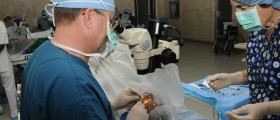




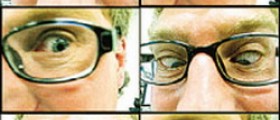
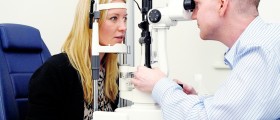

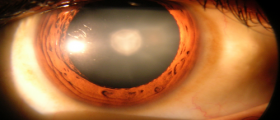
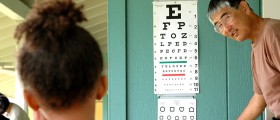

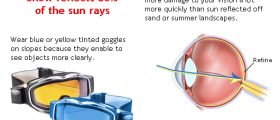
Your thoughts on this
Loading...